Travel/Tourism
Dubai Targets 35.5m Occupied Hotel Room Nights by 2019
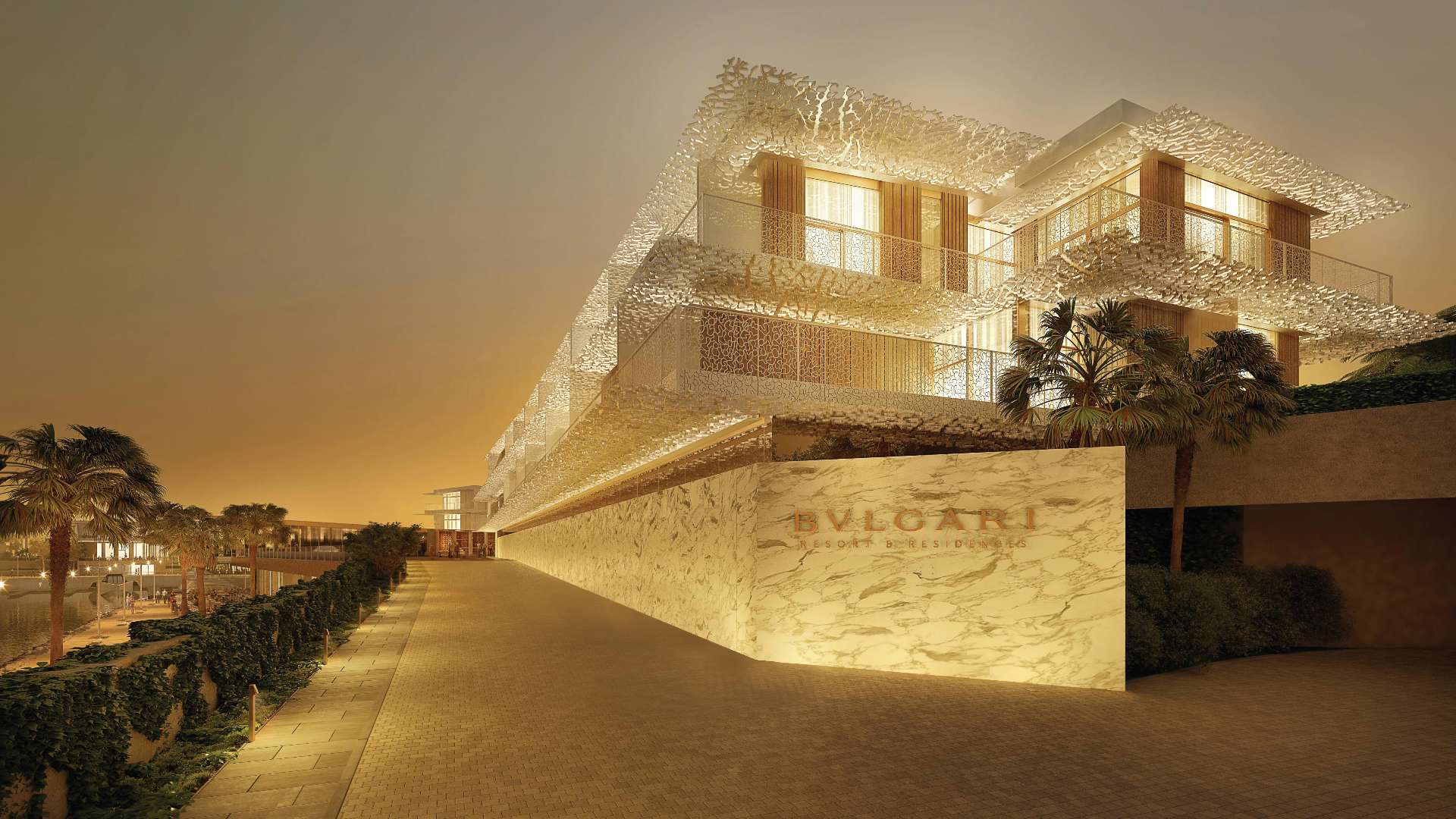
By Dipo Olowookere
Dubai’s diverse and vibrant hospitality sector is forecast to experience strong, sustained growth over the coming years, with occupied room nights set to reach 35.5 million annually in 2019, representing a robust 10.2 percent compound annual growth rate (CAGR) over the next 24 months.
According to a comprehensive study of the market by Dubai’s Department of Tourism and Commerce Marketing (Dubai Tourism), the emirate’s room supply is set to reach 132,000 by the end of 2019, growing at a 2-year (2017-2019) CAGR of 11.1 percent.
Meanwhile, occupancy levels are forecast to remain at an extremely healthy 76-78 percent despite growth in capacity, maintaining the attractiveness of the sector to hotel investors and developers.
The strong competitiveness of the sector is set to continue to be fuelled by increases in Dubai’s growing international overnight visitation and targeted increases in length of stays, supported further by recent and upcoming tourism attractions and experiences.
With concerted efforts to raise awareness in both established and emerging source markets, the duration of travel from new and existing segments are expected to see further growth in the medium term, positively impacting demand for room nights, which is in turn expected to outpace visitor growth over the coming 24-48 months.
“Dubai’s hotel industry remains at the forefront of cross-sector efforts to drive tourism growth, as we collectively work towards realising our Tourism Vision and enable our 2020 goals.
“Dubai’s position as the fourth most visited city in the world, and the consistent growth in overnight visitation, has been achieved in large part thanks to the efforts of our committed stakeholders in the domestic hotel and hospitality sector.
“With international and local investors, and operators continuing to actively pursue opportunities in Dubai, we expect to see not only sustained growth in inventory in line with our projected demand for occupied nights, but also further diversification across various asset classifications, to ensure that as a city we are the most globally competitive in providing our visitors the optimal range of options that cater to their preferences across the spectrum of hospitality offerings,” said Helal Saeed Almarri, Director General of Dubai Tourism.
At the end of 2017, Dubai’s hotel inventory stood at 107,431 rooms, with growth of 4 percent over the course of the year, and occupancy at a healthy and stable 78 percent despite capacity increase, thanks to the 6.2 percent growth in overnight visitors to 15.79 million.
The robust performance is particularly significant as it came amid challenging economic and political conditions across key source markets, including the volatility impact of fluctuating oil prices, Brexit and a strong US Dollar impacting Dubai’s global price competitiveness due to the fixed currency peg with the UAE Dirham.
Between 2013 and 2017, hotel inventory grew at a CAGR of 5.9 percent and a notable trend seen over that period was the development of more affordable mid-scale offerings, encouraged by Dubai Tourism incentives.
Building on the momentum since 2013, room inventory in the 3 and 4 Star categories is projected to continue to grow at 10 percent and 13 percent respectively through to the end of 2019.
This diversification of the hotel sector is part of the strategic focus on widening Dubai’s tourist base, enabling the city to attract larger volumes from new market segments across diversified source markets as evidenced by some clear preferences witnessed for more value friendly options suitable for longer stays and larger party sizes from key demand pockets.
Moving forward, further growth and demand for hotels and hotel apartments will be fuelled by the ongoing development of the overall tourism proposition in Dubai.
Following the 2016 introduction of Dubai’s theme parks – IMG Worlds of Adventures and the integrated Dubai Parks and Resorts – the properties have further enhanced the city’s attractiveness for families, while more recent additions such as Dubai Frame and Dubai Safari have already proven to be popular with both residents and visitors.
The 2017 opening of La Perle, the region’s first permanent theatrical show, added a fresh dimension to the cultural and entertainment scene in Dubai, while the Etihad Museum rounded off the historic side providing visitors with an immersive look at the story behind the formation of the United Arab Emirates.
One of the most integral supply drivers to support tourism growth is the aviation sector and Dubai’s evolution as a major tourism hub has been ably enabled by Dubai International Airport, which continued its reign as the world’s number one international airport in passenger traffic terms in 2017, delivering 88.2 million passengers, up 5.5 percent from 201 percent, with plans to expand capacity to 118 million by 2023.
Further growth in air traffic to Dubai will be also be fuelled by Dubai World Central, which in the longer term will ultimately have capacity to handle up to 240 million passengers a year.
Dubai’s retail sector also remained a core lever for tourism growth given that shopping has been a driver of tourist spend across most source markets.
As such, the planned infrastructure expansions reflect confidence in the demand from Dubai’s growing visitor volumes, with 900,000 square metres of new retail space set to come online through 2019, adding to the 600,000 square metres built between 2012-2017.
The size of the offering as well as its diversity – the emirate currently hosts 57.3 percent of global brands – has been furthered by Dubai’s Retail Calendar, which brings together the domestic industry around key retail-oriented festivals and seasonal activations to encourage greater consumption.
Travel/Tourism
FG to Introduce Biometric Single Travel Emergency Passport 2026
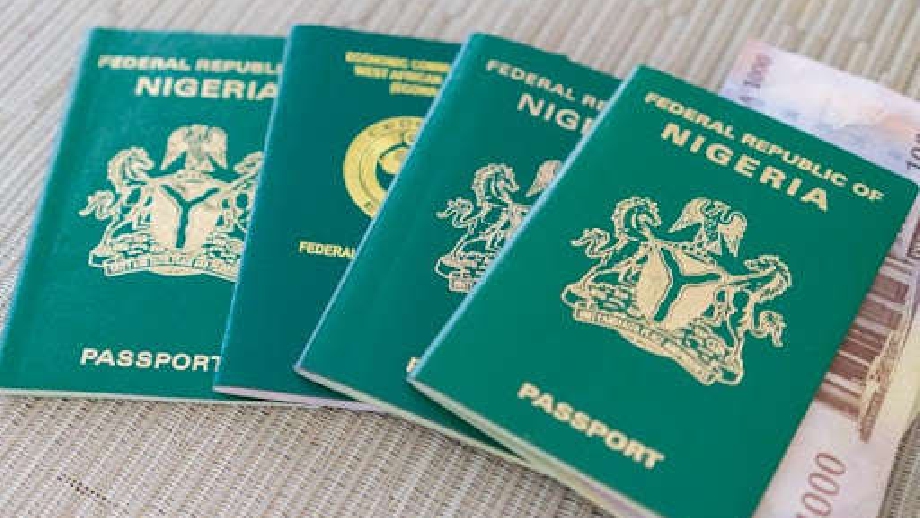
By Adedapo Adesanya
The federal government has announced plans to introduce the new biometric emergency travel document, the Single Travel Emergency Passport (STEP), by 2026 as part of reforms aimed at modernising Nigeria’s immigration processes and strengthening border security.
Initially revealed in November, the Comptroller General of the Nigeria Immigration Service (NIS), Mrs Kemi Nandap, speaking on Monday in Abuja during the decoration of 46 newly promoted Assistant Comptrollers of Immigration (ACIs) to the rank of Comptrollers of Immigration, said the proposed STEP would replace the current Single Travel Emergency Certificate (STEC) and is designed to enhance efficiency, security, and global acceptability of Nigeria’s emergency travel documentation.
She explained that the new emergency passport would be biometric-based and deployed through alternative, technology-driven platforms to ensure seamless service delivery.
“I’m looking forward to embracing 2026, which will also be part of all the reforms we’re doing to ensure that we optimise our services, in terms of visas, passport production lines and our contactless solutions,” she said.
The NIS boss noted that the STEP is one of several technology-driven innovations being rolled out by the Service to improve operational efficiency and meet its constitutional mandate.
She also highlighted the recent introduction of the ECOWAS National Biometric Identity Card (ENBIC), describing it as a critical step towards seamless regional integration and secure cross-border movement within West Africa.
“We want to ensure that our processes are seamless. The STEP, which we are going to launch early next year, is another key programme that will further strengthen our service delivery,” Nandap added.
The Comptroller General charged the newly decorated officers to demonstrate heightened vigilance, professionalism, and integrity, particularly in light of Nigeria’s prevailing security challenges.
“Your decoration today symbolises the trust reposed in you and carries with it expectations of enhanced leadership, sound judgement, accountability and exemplary conduct,” she said.
Mrs Nandap stressed that officers at senior levels must combine professional competence with strong leadership qualities, including clarity of vision, decisiveness, empathy, and the ability to mentor and inspire subordinates.
“Considering the current security challenges our nation faces, we must remain vigilant and unrelenting in the fight against multifaceted threats. Your actions will set the tone and reflect the core values and reputation of this Service,” she warned.
She reaffirmed the Service’s zero tolerance for indolence and unprofessional conduct, urging officers to embrace innovation, adapt to emerging challenges, and place the interest of the NIS above personal considerations.
Travel/Tourism
Moving to France After Retirement: What You Need to Know First
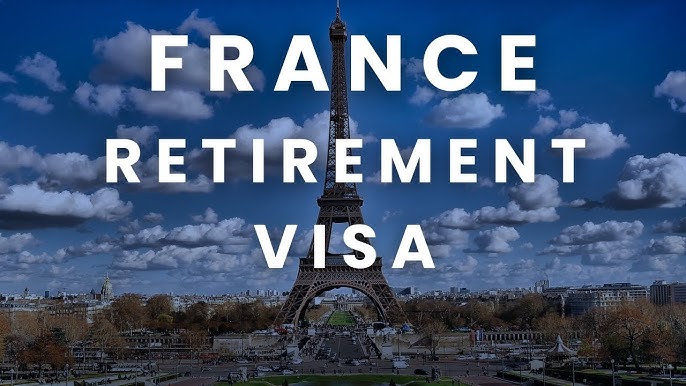
The idea of spending retirement in France comes up often — sometimes because of the climate, sometimes because of the healthcare system, and sometimes simply because of the way everyday life is organised there. But once the initial appeal fades, a practical question usually follows: under what conditions can a retiree actually live in France legally?
The short answer is: it’s possible.
The longer answer requires a closer look.
No “retirement visa,” but a workable solution
Unlike some countries, France does not offer a dedicated retirement visa. This often comes as a surprise. In practice, however, most retired foreigners settle in France under the long-stay visitor visa — a residence status that is not tied to age or professional background.
The logic behind it is straightforward: France allows people to live in the country if they do not intend to work and can support themselves financially. For this reason, the visitor visa is used not only by retirees, but by other financially independent residents as well.
Income matters more than age
When an application is reviewed, age itself is rarely decisive. Financial stability is.
French authorities do not publish a fixed minimum income requirement. What they assess instead is whether the applicant has sufficient and reliable resources to live in France without relying on public assistance. This usually includes:
- a state or private pension;
- additional regular income;
- personal savings.
In practice, the clearer and more predictable the income, the stronger the application.
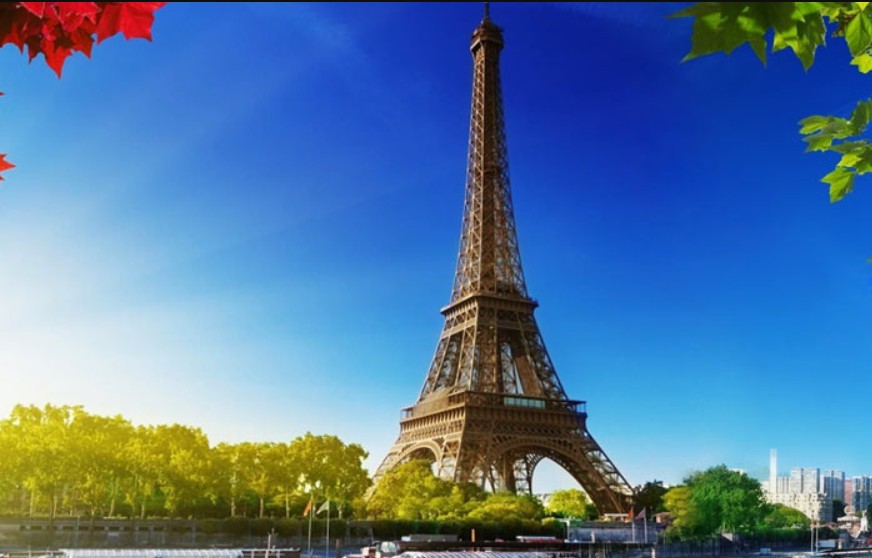
Housing is not a formality
Relocation is not possible without a confirmed place to live. A hotel booking or short-term accommodation is usually not enough.
Applicants are expected to show that they:
- have secured long-term rental housing;
- own property in France;
- or will legally reside with a host who can provide accommodation.
This is one of the most closely examined aspects of the application — and one of the most common reasons for refusal.
Healthcare: private coverage first
At the time of application, retirees must hold private health insurance valid in France and covering essential medical risks. This requirement is non-negotiable.
Access to France’s public healthcare system may become possible after a period of legal residence, but this depends on individual circumstances, length of stay, and administrative status. It is not automatic.
What the process usually looks like
Moving to France is rarely a single step. More often, it unfolds as a sequence:
- applying for a long-stay visa in the country of residence;
- entering France;
- completing administrative registration;
- residing legally for the duration of the visa;
- applying for renewal.
The initial status is typically granted for up to one year. Continued residence depends on meeting the same conditions.
Restrictions people often overlook
Living in France under a visitor visa comes with clear limitations:
- working in France is prohibited;
- income from French sources is not allowed;
- social benefits are not part of this status.
These are not temporary inconveniences, but core conditions of residence.
Looking further ahead
Long-term legal residence can, over time, open the door to a more permanent status, such as long-term residency. In theory, citizenship may also be possible, though it requires meeting additional criteria, including language proficiency and integration.
For many retirees, however, the goal is simpler: to live quietly and legally, without having to change status every few months.
Moving to France after retirement is not about a special programme or age-based privilege. It is a question of preparation, financial resources, and understanding the rules. For those with stable income and no intention to work, France offers a lawful and relatively predictable way to settle long-term.
No promises of shortcuts — but no closed doors either.
Travel/Tourism
Trump Slams Partial Travel Ban on Nigeria, Others Over Security Concerns
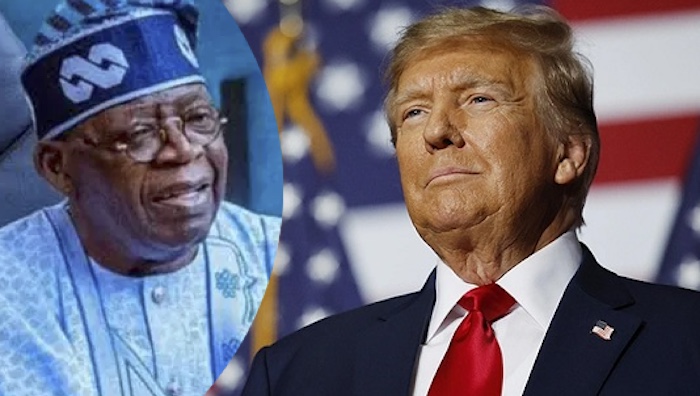
By Adedapo Adesanya
The United States President Donald Trump has imposed a partial travel restriction on Nigeria, as part of a series of new actions, citing security concerns.
The latest travel restriction will affect new Nigerians hoping to travel to the US, as it cites security concerns and difficulties in vetting nationals.
The travel restrictions also affect citizens of other African as well as Black-majority Caribbean nations.
This development comes months after the American President threatened to invade the country over perceived persecution against Christians.
President Trump had already fully banned the entry of Somalis as well as citizens of Afghanistan, Chad, Republic of the Congo, Equatorial Guinea, Eritrea, Haiti, Iran, Libya, Myanmar, Sudan, and Yemen.
The countries newly subject to partial restrictions, besides Nigeria, are Angola, Antigua and Barbuda, Benin, Dominica, Gabon, The Gambia, Ivory Coast, Malawi, Mauritania, Senegal, Tanzania, Tonga, Zambia and Zimbabwe.
Angola, Senegal and Zambia have all been prominent US partners in Africa, with former president Joe Biden hailing the three for their commitment to democracy.
In the proclamation, the White House alleged high crime rates from some countries on the blacklist and problems with routine record-keeping for passports.
The White House acknowledged “significant progress” by one initially targeted country, Turkmenistan.
The Central Asian country’s nations will once again be able to secure US visas, but only as non-immigrants.
The US president, who has long campaigned to restrict immigration and has spoken in increasingly strident terms, moved to ban foreigners who “intend to threaten” Americans, the White House said.
He also wants to prevent foreigners in the United States who would “undermine or destabilize its culture, government, institutions or founding principles,” a White House proclamation said.
Other countries newly subjected to the full travel ban came from some of Africa’s poorest countries — Burkina Faso, Mali, Niger, Sierra Leone and South Sudan — as well as Laos in southeast Asia.
-

 Feature/OPED6 years ago
Feature/OPED6 years agoDavos was Different this year
-
Travel/Tourism9 years ago
Lagos Seals Western Lodge Hotel In Ikorodu
-

 Showbiz3 years ago
Showbiz3 years agoEstranged Lover Releases Videos of Empress Njamah Bathing
-

 Banking8 years ago
Banking8 years agoSort Codes of GTBank Branches in Nigeria
-

 Economy3 years ago
Economy3 years agoSubsidy Removal: CNG at N130 Per Litre Cheaper Than Petrol—IPMAN
-

 Banking3 years ago
Banking3 years agoFirst Bank Announces Planned Downtime
-

 Banking3 years ago
Banking3 years agoSort Codes of UBA Branches in Nigeria
-

 Sports3 years ago
Sports3 years agoHighest Paid Nigerian Footballer – How Much Do Nigerian Footballers Earn













